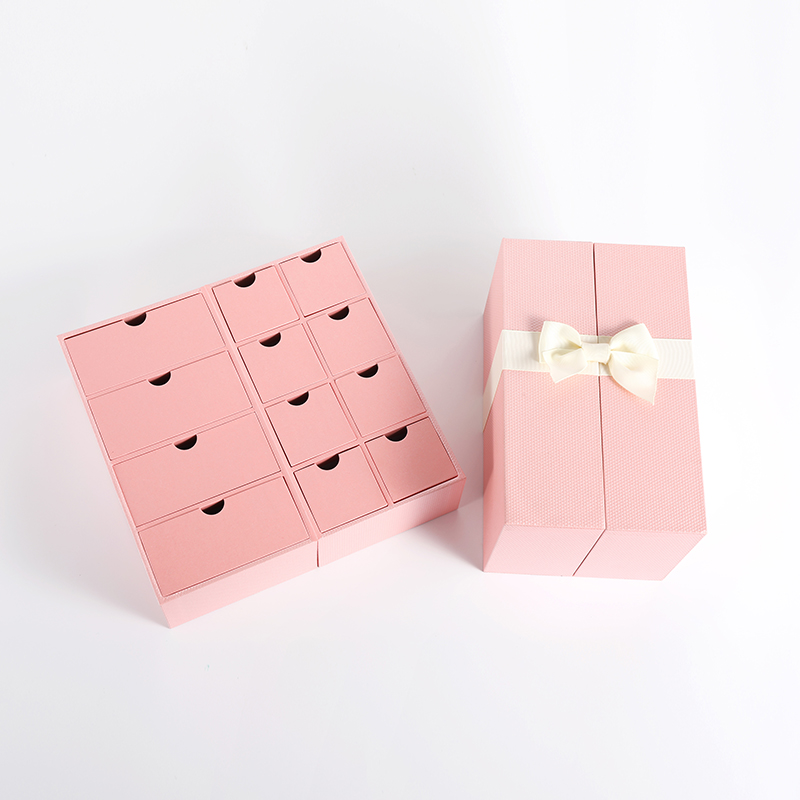Nov. 23, 2022
Q: What should I do if the die-cutting indentation produces "burst lines" and "dark lines"?
Cause of the problem ①: "burst line" means that the paper fiber is broken or partially broken due to the excessive pressure of the die-cutting indentation, which exceeds the bearing limit of the paper fiber;
"Dark line" refers to the indentation line that should not exist, generally due to improper selection of die-cutting plate and indentation steel wire, improper adjustment of die-cutting pressure, poor paper quality, inconsistent paper fiber direction and die-cutting plate knife arrangement direction, It is caused by the low moisture content of the paper, which leads to the decrease of flexibility.

Solution:
Choose the right die-cut version;
Properly adjust the die-cutting pressure;
Place the printed matter to be die-cut in the workshop for a period of time before die-cutting;
Increase the relative humidity of the workshop environment;
Minimize the tension on the paper.
Cause of the problem ②: When die-cutting the small box of hard cigarette packs, because the distance between the indentation lines in many positions is very close, if the height of the indentation steel lines is configured according to the normal situation, the tension on the paper is too large during molding, and the It will cause a "burst".
Solution: You should try to minimize the tension on the paper. There are two options: one is to reduce the height of the indentation steel wire; Less than very good indentation effect.
A better method is to reduce the height of the indentation steel wire. The height of the reduction is usually 0.1-0.2mm. The specific amount should be determined according to the weight of the paper. The height of the indentation steel wire that needs to be reduced for paper with a weight of more than 350g/m2 is 0.2mm. , paper with a quantitative value below 350g/m2 should be reduced by 0.1mm.
Q: The indentation line is out of position and not full, how to solve it?
The cause of the problem: the indentation steel wire twists under the action of die-cutting pressure, which will cause the indentation line to move; insufficient die-cutting pressure will cause the indentation line to not be full.
Solution: This problem can be improved by replacing the die-cutting plate and increasing the die-cutting pressure.
Q: Die-cut fluff and dust, what should I do?
Cause of the problem: During die-cutting, the cutting edge of the die-cutting product often appears to be not smooth and fuzzy, especially at some cutting edges that are closer to the indentation line. This is because the rubber strips and indentation steel wires on the die-cutting plate exert tension on the paper during die-cutting and pressing, and the paper is broken by the tension when it is not completely cut through, resulting in burrs.
Solution: First, choose different types of die-cutters according to the paper. Die-cutting knives include straight-grained knives and horizontal-grained knives. The blades of the two textures have different heights. The texture and height of the blades are different, which directly affects the quality of die-cutting and the service life of die-cutting knives.
In terms of avoiding fluff in die-cutting, straight-grained knives are better than horizontal-grained knives; in terms of service life, short-edged knives are better than high-edged knives.
Tips:
When die-cutting laminated cardboard, straight-grain high-edged knives should be used, and the blades should be ground. It is best not to use a one-time embossing process, otherwise too much pressure will have a great impact on die-cutting;
When processing ordinary cardboard, it is advisable to use a short blade, and determine the texture of the blade according to the quality of the paper fiber.
When processing ordinary cardboard, it is advisable to use a short blade, and determine the texture of the blade according to the quality of the paper fiber.
For paper with poor fiber or thicker fiber, you should use a straight grain knife, and for paper with better fiber quality, you can use a horizontal grain knife to increase the service life of the die cutter.
Secondly, it is also possible to paste a 60° arched rubber strip at the die-cutter nearer to the indentation steel wire to reduce the tension of the indentation steel wire on the paper during die-cutting and pressing.
For example, 0.4mm×1.3mm, 23.4mm high indentation steel wire is usually used when die-cutting paper with a weight of 300g/m2. In case of this failure, you can use 0.4mm×1.2mm, 23.3mm high pointed indentation In this way, the tensile force on the paper during die-cutting and pressing is reduced, and the problem of die-cutting fluffing can basically be solved.